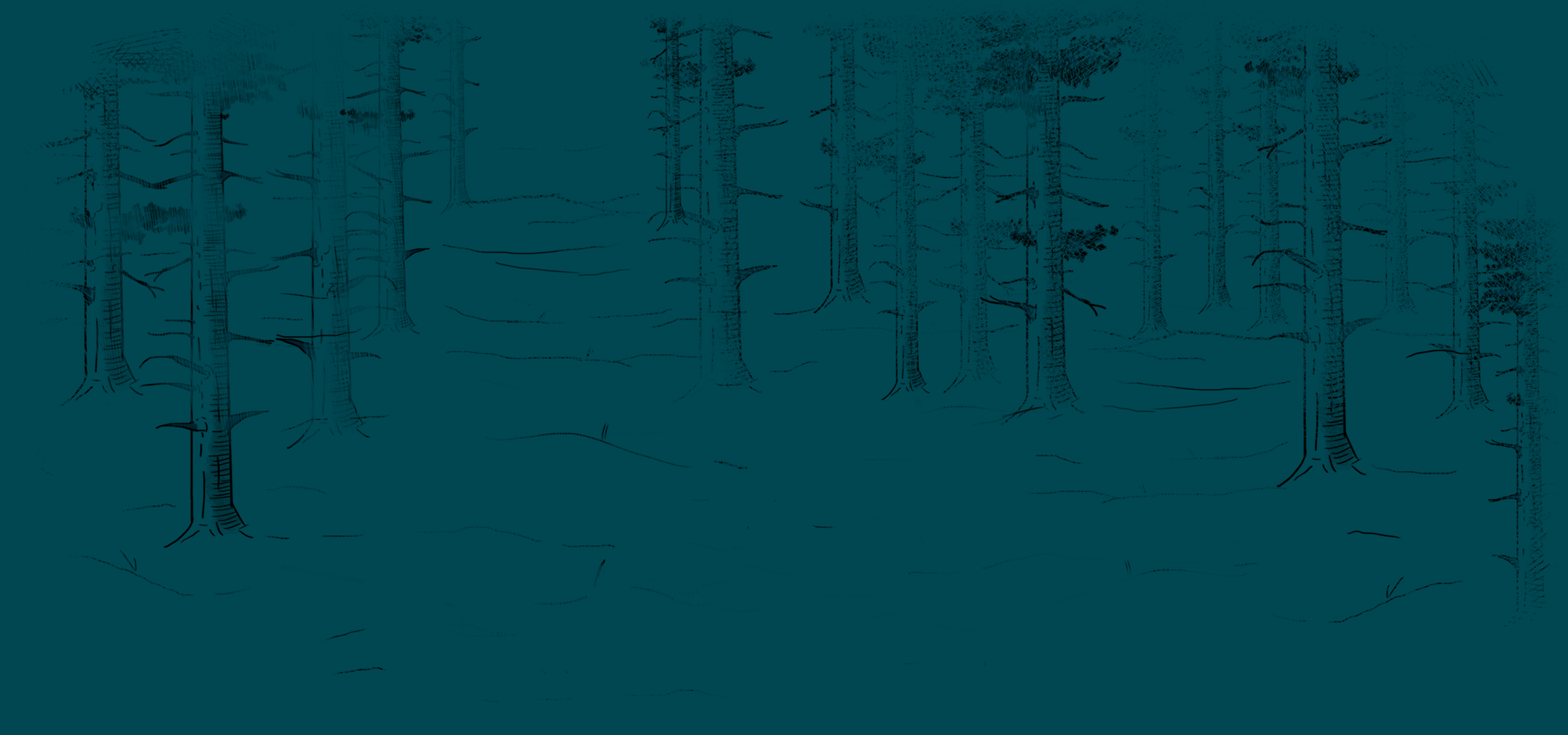
10 Mar Book-making in the middle ages
Part II - Leather
If toiling all day in a paper mill sounds like a nasty, smelly job, working as a leather worker, or ‘tanner,’ was even worse! Tanners were considered among the lowest class of workers during medieval times, but their job was important. Leather was used for almost every part of life – clothing, shelter, transportation, containers (liquid and dry), military and, of course, books! Turning animal skin into leather involves several steps, all leading to a final product which is soft, water resistant and durable. Like paper mills, tanneries were located outside of the walls of a town, usually where the poorer inhabitants lived. Modern tanning involves a mix of chemicals, but in the Middle Ages, only natural ingredients would have been used. The first step in the process was for the tanner to buy animal hides (cow, goat, pig or sheep) from a butcher. The horns and hooves were usually still attached because these parts were useless to the butcher. After removing them and trimming the skins, the tanner washed away the blood, dung and dirt. Next the hair and remaining flesh also had to be removed. Letting the hair rot made this easier. The skins would be sprinkled with urine, folded hair-side in and left to sit in a warm place. Lye or lime might be used instead of urine. The rotted hair, fat and tissue, called ‘scud,’ was scraped off with a dull knife.
The cleaned skin was still not the correct texture, so the tanner used an even smellier technique called ‘bating’ to soften it. Bating consisted of soaking the hides in a mixture of water and excrement – either dog or pigeon. Sometimes children were hired to stomp on the hides with bare feet to mash the excrement into the pores of the animal skins. Bating could take several weeks or months, but the result (after another washing!) was a hide that was soft and flexible. However, it was still susceptible to rot, so the final step was preserving the skin in tannin.. Tannin is found in the bark of trees, tea, grape skins, nuts, blueberries, wine, etc. In plants, tannin protects against disease, insects and rot. A medieval tannery might have soaked animal hides in the hollowed-out trunk of an oak tree, or gotten tannic powder from a mill, for up to a year to ensure the skin was fully preserved.
At this point, the tanner sold the leather to a ‘currier’, a craftsman who trimmed, softened, polished and probably dyed it. Most books were covered with leather that had been dyed brown using the boiled husks, leaves and shells of walnuts.
For a more detailed description of the craft and profession of tanning leather see: 18th century leather-worker
Image – “The Tanner” – Les Costumes Grotesques Et Les Metiers – Nicolas De Larmessin. Author’s collection.


